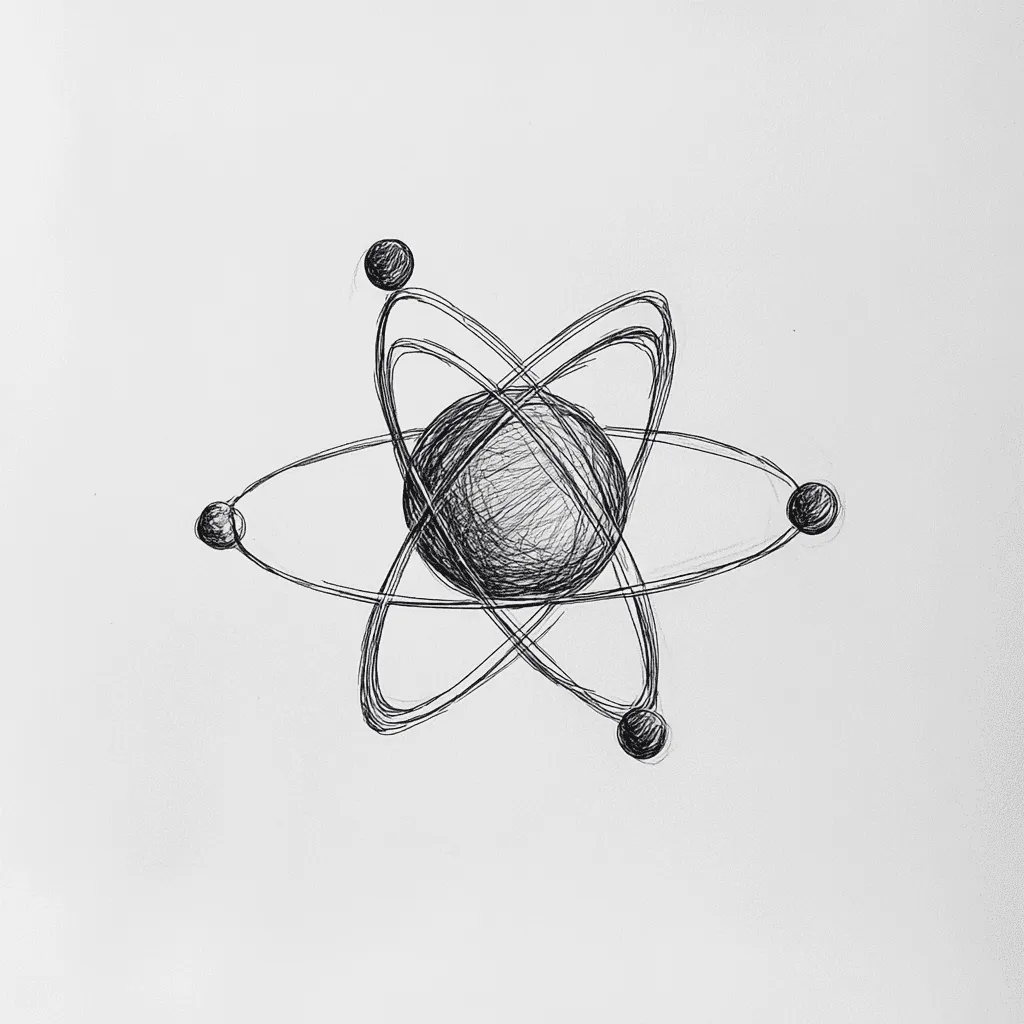
Origins of Quantum Computing
/ 5 min read
Table of Contents
Introduction
After reading about quantum computing in the last few weeks, I finally had the question: Whose idea was it in the first place? I don’t know why this question crossed my mind this late. Maybe because the concept is so magical, I was mesmerized by what was there and forgot to ask the simple questions first.
I like to learn the fundamentals first. I usually don’t memorize; I insist on getting the core idea and add ot it. It is faster to slow down to understand than making assumptions to move fast.
I met with Richard Feynman way too late. He has a great story on “knowledge”.
As I wrote earlier, I met with Feynman too late. I was really upset to find out he had passed away after reading his autobiography. I thought, “He is like me.” Or, I should say, I am like him. He would also invest the time to truly understand. As a result, his ability to understand the most fundamental parts of a domain made him see/imagine things others could not. This is true for any great scientist. This is true for any great engineer.
When I found that Feynman was also the father of the “quantum computing” idea, I was like “Yes!” as if I was watching an invention being made right at that moment. After some reasearch I found the original paper which was a lightly modified version of his lecture in 1981. In his lecture, Richard Feynman explores a fundamental question: can we simulate physics using computers?
This paper is now considered one of the founding documents of quantum computing.
Core Ideas and Arguments From the Paper
1. The Challenge of Physical Simulation
Feynman asks whether we can create a universal computer that simulates physics exactly, not just approximately. He proposes that such a computer should:
- Have locally interconnected elements
- Require computational resources proportional to the space-time volume being simulated
- Be able to exactly replicate physical phenomena
He points out that our current understanding of physics allows space to be infinitesimally small and includes infinite sums, which creates a challenge for simulation with finite computational resources.
2. Classical Physics vs. Quantum Physics Simulation
Feynman explains that classical physics is relatively straightforward to simulate because it’s:
- Local (effects propagate from nearby points)
- Causal (future states depend only on past states)
- Reversible (you can determine past states from present ones)
However, quantum mechanics presents a much bigger challenge.
3. The Problem with Simulating Quantum Systems
Feynman identifies the core problem: for a quantum system with R particles, the wavefunction requires N^R variables (where N is the number of possible positions). This grows exponentially with system size, making simulation on classical computers impossible beyond tiny systems.
He explores two possible solutions:
a. Quantum Computers
Feynman proposes that quantum mechanical elements themselves could be used to build a special type of computer. He suggests these “quantum computers” might be able to simulate quantum physics efficiently. He speculates about a “universal quantum simulator” using two-state systems (qubits in modern terminology) that could simulate other quantum systems.
b. Classical Probabilistic Simulation
Could a classical probabilistic computer simulate quantum mechanics? Feynman shows this is impossible because quantum mechanics requires “negative probabilities.”
4. The Einstein-Podolsky-Rosen Paradox Example
Feynman illustrates the impossibility of classical simulation with photon polarization experiments:
- Two entangled photons are measured at different angles
- Quantum mechanics predicts correlations of cos²(φ₂ - φ₁) = 3/4 for certain angles
- Any local classical hidden variable theory can at most produce correlations of 2/3
This mathematical discrepancy shows that quantum mechanics cannot be simulated by classical means.
Why This Paper Matters
- Feynman concluded that to simulate quantum physics, we need quantum computers. This insight launched the field of quantum computing by: Identifying a compelling application for quantum computers (simulating physics)
- Suggesting the fundamental building blocks (called qubits later)
- Demonstrating why classical approaches would fail
His work turned a philosophical question about the nature of quantum mechanics into a practical technological challenge that continues to drive research today.
The paper is remarkable for both its clarity in identifying the problem and its prescience in suggesting the solution that the scientific community is still pursuing over 40 years later.
One last thing, here is the video where Fenyman, talks about the story I wrote above in an interview.